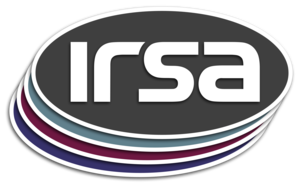
C2D Perseus Epoch 2 Transient Sources Catalog
Permalinks
DOI
10.26131/IRSA252
Publisher
IPAC
Author(s)
C2D team
Title
C2D Perseus Epoch 2 Transient Sources Catalog
Description
The Cores to Disks (C2D) Spitzer Legacy Program used all three Spitzer instruments (IRAC, MIPS, and IRS) to observe sources that span the evolutionary sequence from molecular cores to protoplanetary disks, encompassing a wide range of cloud masses, stellar masses, and star-forming environments. In addition to targeting about 150 known compact cores, it surveyed with IRAC and MIPS (3.6-70 mum) the entire areas of five of the nearest large molecular clouds for new candidate protostars and substellar objects as faint as 0.001 solar luminosities. C2D observed with IRAC and MIPS about 190 systems likely to be in the early stages of planetary system formation (ages up to about 10 Myr), probing the evolution of the circumstellar dust, the raw material for planetary cores.
The Perseus Transient Sources Catalogs list the transient sources detected above 1.6 mJy in the MIPS observations of the Perseus molecular cloud region.
This dataset or service is made available by the Infrared Science Archive (IRSA) at IPAC, which is operated by the California Institute of Technology under contract with the National Aeronautics and Space Administration.
Data type
Dataset
Version
Date of data collection
Year of publication



